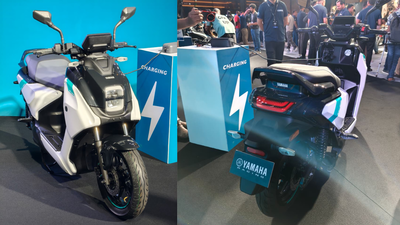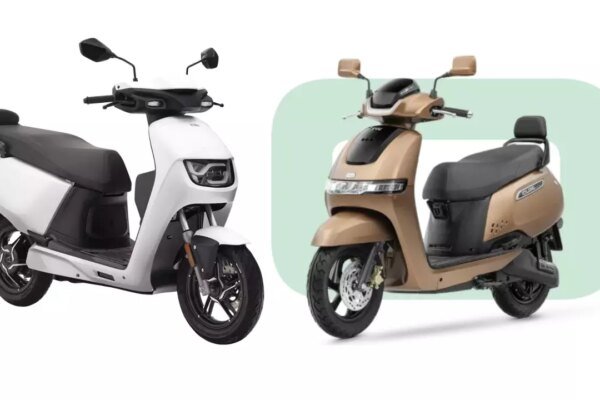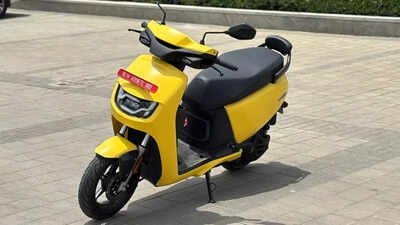
Yamaha EC-06 electric scooter revealed with 160 km range: Launch date, battery and more
Alongside the Yamaha Aerox electric, Yamaha also revealed the EC-06 electric scooter. The Yamaha EC-06 is essentially the brand’s much-awaited spin on the River Indie electric scooter, developed in partnership with the Bengaluru-based EV start-up River. The collaboration, which began in 2024, has now resulted in a scooter that blends Yamaha’s engineering finesse with River’s…


